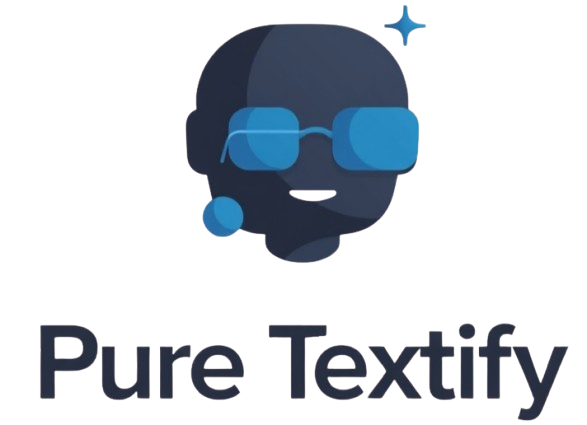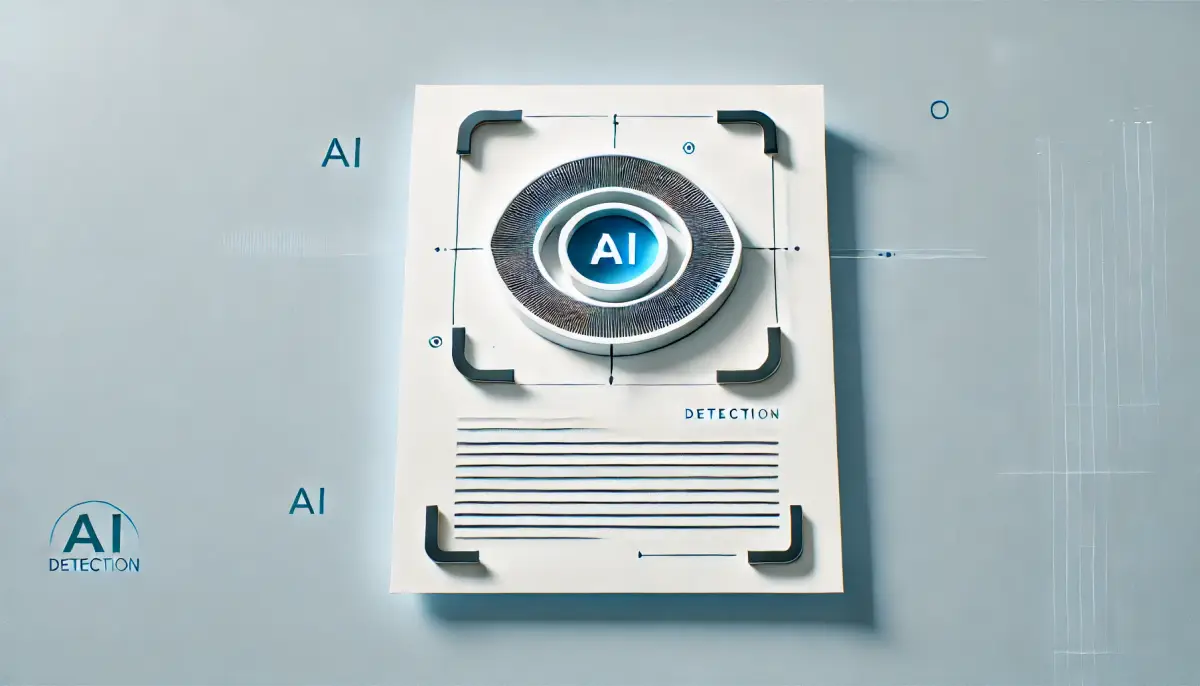With the rapid evolution of artificial intelligence, the ability to distinguish AI-generated content from human-written text has become a growing concern. Educational institutions, content creators, and businesses rely on AI detection tools to maintain authenticity and originality in their work. However, a key question arises: Can AI detectors recognize text paraphrased using QuillBot?
QuillBot, widely known as a paraphrasing tool, does not generate entirely new content but rather restructures existing text. This distinction raises questions about how AI checkers process QuillBot-rewritten content—does QuillBot show up as AI-generated text, or does it bypass detection?
Understanding QuillBot’s Functionality
What is QuillBot?
QuillBot is an AI-powered paraphrasing tool designed to help users reword existing content while maintaining its original meaning. Unlike AI writing tools like ChatGPT or Google Gemini, which generate text from scratch, QuillBot specializes in restructuring sentences, adjusting vocabulary, and improving readability.
A common question people ask is: “Does QuillBot count as AI?” While QuillBot utilizes AI-driven algorithms to paraphrase content, it does not function as a traditional AI writer. Instead, it serves as a tool for text refinement rather than content creation.
Many AI detectors, including Turnitin AI detection for QuillBot, differentiate between AI-generated and paraphrased text. However, some advanced AI checkers claim they can still flag QuillBot-modified content as AI-refined, especially if it was originally AI-generated.
How QuillBot Processes Text
At its core, QuillBot does not create new ideas but rephrases existing sentences, altering structure and vocabulary while retaining the original meaning. This process is different from AI text generation, which produces new content from scratch.
However, does QuillBot get detected as AI? The answer depends on how the text was originally created. If the source material was human-written, QuillBot paraphrasing alone is unlikely to trigger AI detection. But if QuillBot is used to refine AI-generated content, detectors may classify it as “AI-refined” rather than purely human-written.
Since AI detection tools analyze text patterns, unnatural structuring, and repeated linguistic markers, QuillBot-reworded content may still contain subtle AI traces, raising its likelihood of detection.

How AI Detectors Work
AI Detection Mechanisms
AI detection tools rely on complex algorithms to differentiate between human-written and AI-generated content. These tools analyze various linguistic markers, including:
- Sentence Structure: AI-generated text often follows predictable patterns with minimal sentence variation.
- Repetitive Patterns: AI-written content may include unnatural phrasing or excessive redundancy.
- Probability Models: Detectors assess the likelihood of a word sequence being AI-generated based on known datasets.
- Text Fluency and Coherence: AI-generated text may have inconsistencies or unusual phrasing, making it detectable.
Given these factors, is QuillBot detectable by AI checkers? If the paraphrased text retains AI-like patterns, some detectors may still classify it as AI-influenced rather than purely human-written.
Limitations of AI Detectors
Despite their advancements, AI detectors are not infallible. No detection tool can guarantee 100% accuracy, and several challenges arise:
- False Positives: Human-written content may sometimes be flagged as AI-generated, leading to inaccurate results.
- False Negatives: AI-modified text, particularly when well-paraphrased, may go undetected.
- Dependence on Data Models: AI detectors rely on training datasets, which may not always account for evolving paraphrasing techniques.
This brings us back to the question: “Does QuillBot get detected?” While AI detectors can sometimes recognize AI-refined content, they are not always reliable. The effectiveness of detection depends on the sophistication of both the paraphrasing tool and the AI checker in question.
Can AI Detectors Identify QuillBot-Paraphrased Text?
AI detectors have become increasingly sophisticated in identifying AI-generated and AI-modified content. However, the effectiveness of these detectors in recognizing QuillBot-paraphrased text depends on the nature of the original content and the detection tool in use. A key concern for many users is: “Does QuillBot get detected as AI?” The answer varies based on how QuillBot is used.
Detection Accuracy Based on Content Type
The likelihood of AI detectors recognizing QuillBot-paraphrased content depends on how the tool is used. If QuillBot is applied to human-written text, AI detectors typically have a low chance of flagging it because the original content was not AI-generated. However, when QuillBot is used to rephrase AI-generated text, the detection likelihood becomes high since advanced AI checkers, such as Originality.ai, can recognize paraphrased AI content with 96% accuracy. In cases where QuillBot-paraphrased text is further refined by a human, the probability of detection falls to a moderate level, as the human touch can help alter AI patterns while still retaining some detectable traces.
How QuillBot’s Own AI Detector Works
QuillBot itself has an AI Detector that classifies content into four categories:
- AI-generated – Text created entirely by an AI model.
- AI-generated & AI-refined – AI-generated text that has been modified by QuillBot or similar tools.
- Human-written & AI-refined – Human-written content that has been slightly adjusted using AI-powered tools.
- Human-written – Purely human-written text with no AI interference.
While QuillBot’s AI Detector can provide a general assessment, it is not infallible. Many AI detectors struggle with false positives and false negatives, meaning that QuillBot may sometimes be detectable even when used only for minor paraphrasing. Conversely, heavily modified AI-generated text may occasionally bypass detection.
This raises another important question: “Can AI checkers detect QuillBot?” The answer depends on the detection tool used. Some AI checkers, like Originality.ai, claim to identify QuillBot-paraphrased AI text effectively, while others may not be as accurate.
Bypassing AI Detection: Is It Possible?
As AI detectors become more advanced, users continue to find ways to refine AI-generated content to avoid detection. The key question many ask is: “Does QuillBot show up as AI?” The answer depends on the techniques used to modify the text.
Common Techniques for Evading Detection
Some users attempt to bypass AI detection by:
- Combining AI-generated content with QuillBot for refinement – AI-generated text is first created and then reworded using QuillBot to make it appear more human-like.
- Adding human-like elements – Including personal anecdotes, idioms, varied sentence structures, and unique phrasing can reduce the chances of detection.
- Using Surfer SEO and other humanization techniques – Content optimization tools suggest more natural wording, helping reduce AI-like patterns in the text.
These methods may work to some extent, but is QuillBot detectable even after human editing? The answer is that AI detectors are constantly improving, and while human intervention can lower detection rates, it does not guarantee complete evasion.
Ethical and Practical Implications
Even though bypassing AI detection may be possible, ethical concerns arise. Google has made it clear that content quality matters more than its origin—meaning well-written AI-assisted content may still rank if it provides value. However, academic institutions and professional settings often prohibit AI-generated content without proper attribution.
This brings up another concern: “Is QuillBot considered AI?” While it is an AI-powered tool, it does not create entirely new content, which places it in a gray area when it comes to detection policies. Users must be mindful of how AI-paraphrased content is used, especially in regulated environments.
Conclusion
So, does AI detectors detect QuillBot? The answer is yes—but with conditions. AI detectors are effective at recognizing QuillBot-paraphrased AI-generated text, but they may struggle to flag purely human-written content that has been paraphrased.
Key takeaways:
- If QuillBot is used to paraphrase AI-generated text, AI detectors will likely classify it as AI-refined content.
- If QuillBot is used on human-written content, detection is less likely.
- Originality.ai has a 96% success rate in detecting AI paraphrasing, while plagiarism checkers like Turnitin are less effective in this regard.
- Adding human-like elements and restructuring text manually can reduce AI detection risks, but complete evasion is not guaranteed.
AI detection technology is constantly evolving, making it crucial for content creators, students, and professionals to stay informed about how AI detectors interact with QuillBot-generated text. Ultimately, responsible and ethical AI usage remains the best approach to content creation.

